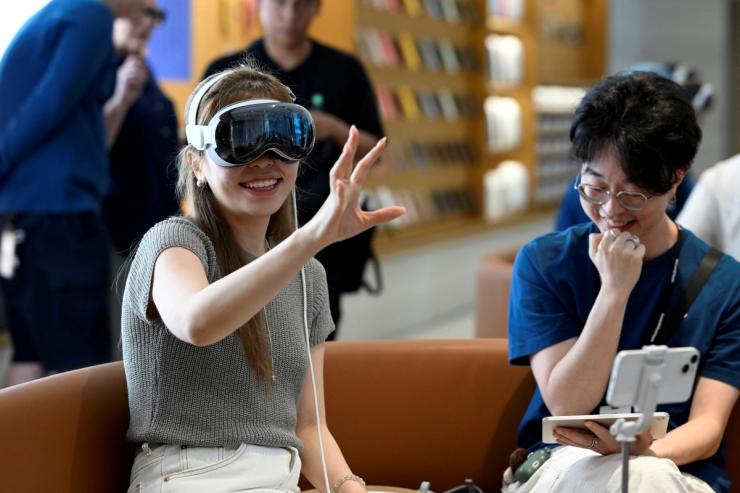For all the pomp and circumstance around the Apple Vision Pro when it came out, it suffered from a fatal flaw.
The field of view, or how wide the display appears in front of your face, was just too narrow, according to some users. Virtual reality headsets are still extremely hamstrung by the hardware. I’ve always thought of this as a physics problem. Firing photons into eyeballs at close range is hard.
But lately, there has been some interesting research on how that physics problem can be turned into a software problem by using AI to “cheat” at the game. The latest comes out of Stanford and was published earlier this week in the Nature Photonics journal, where researchers built a 3mm VR display with an incredibly wide field of view.
There’s a lot of cutting-edge technology in the display, but it wouldn’t be possible without the ability to optimize the image with AI. If progress on “mixed reality” starts to chart the path of AI capability, it may finally help create consumer glasses and headsets that people actually want to use.

